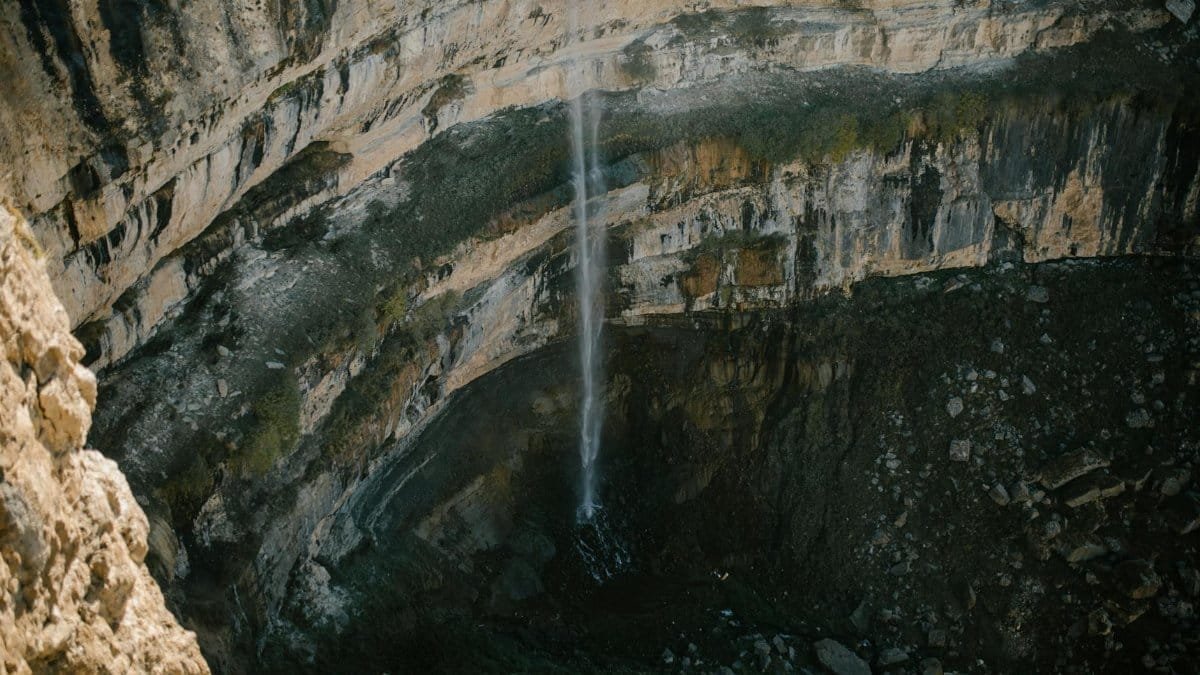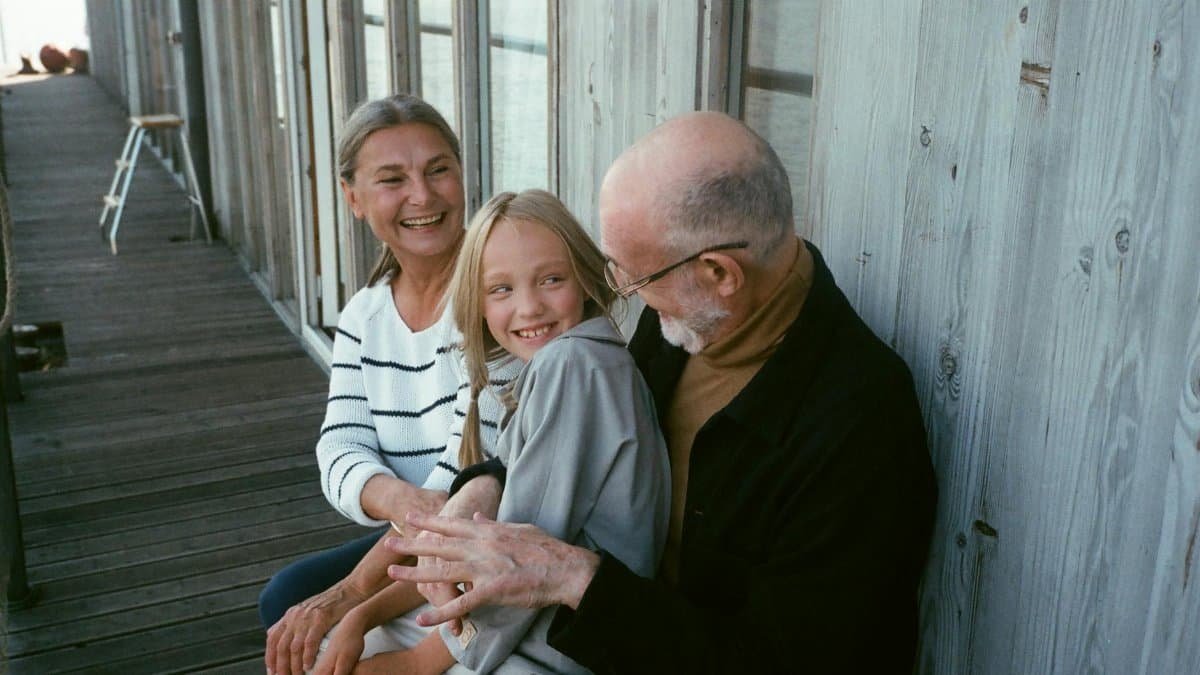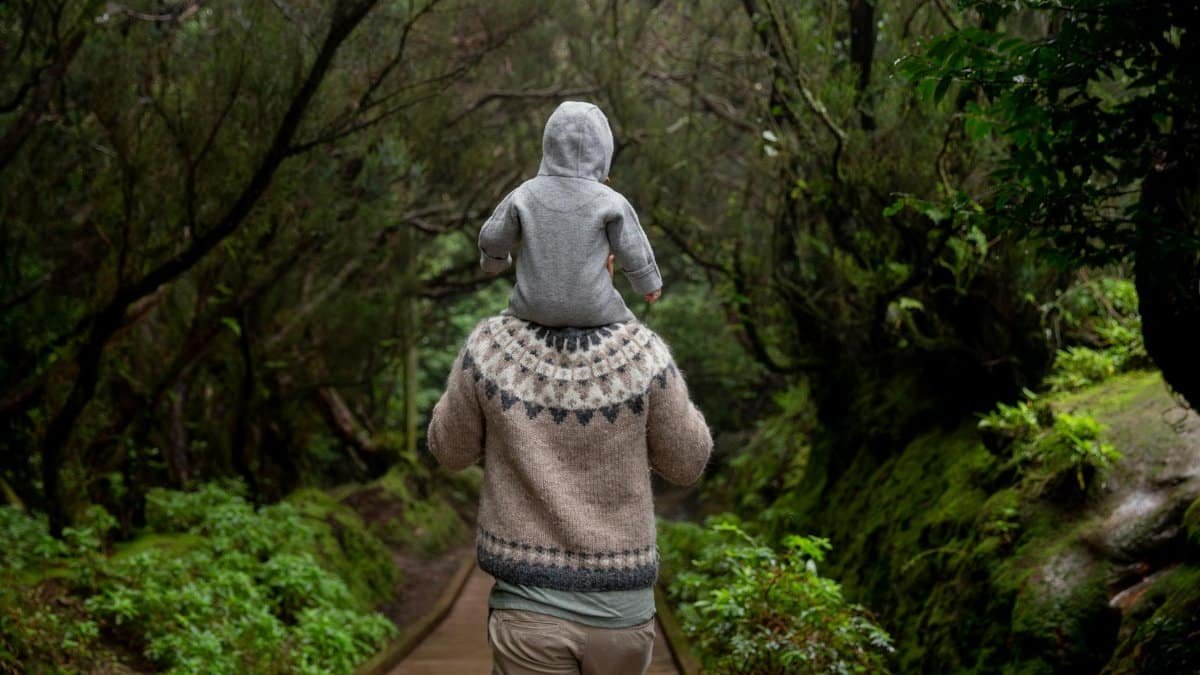Is forest therapy for PTSD really the breakthrough it’s hyped to be? A growing number of clinicians and patients swear by it, and one therapist is leading the charge with a unique approach. By combining guided forest walks with cognitive behavioral therapy (CBT), this innovator is reshaping how post-traumatic stress disorder is treated. Dubbed “forest therapy PTSD care,” the method leverages nature’s calming effects to help patients process trauma. As mental health challenges rise in the U.S., this hybrid treatment is gaining traction for its accessibility and impact.
The Therapist Behind the Movement

Dr. Emily Harper, a licensed clinical psychologist based in Oregon, didn’t set out to reinvent PTSD treatment. After years of traditional therapy, she noticed patients often felt stuck in clinical settings. Inspired by studies on nature’s mental health benefits, she began integrating forest walks into her sessions in 2020. Today, her practice draws clients nationwide, desperate for relief from trauma symptoms. Harper’s approach is simple: guided walks in local woodlands paired with structured CBT exercises to confront and reframe traumatic memories.
How Forest Therapy Works for PTSD

Forest therapy, often called “shinrin-yoku” in Japan, involves immersive nature exposure to reduce stress. For PTSD patients, Harper uses it to lower anxiety before diving into heavier therapeutic work. The natural environment acts as a buffer, calming the nervous system—crucial for those with hypervigilance or flashbacks. During walks, she prompts patients to engage their senses, focusing on sounds of rustling leaves or the smell of pine, grounding them in the present before tackling past traumas.
Why Nature Makes a Difference

Research backs Harper’s hunch. A 2019 study from the University of Michigan found that just 20 minutes in nature significantly lowers cortisol levels, a stress hormone often elevated in PTSD sufferers. Another report by the National Institutes of Health highlights how green spaces improve mood and attention, key for trauma recovery. For Harper’s clients, the forest isn’t just scenery—it’s a tool to reset their minds.National Institutes of Health and University of Michigan provide deeper insights into these findings.
Real Results from Real People

Patients rave about the difference. “I couldn’t sit in an office without panicking,” says Mark T., a 38-year-old veteran. “Walking with Dr. Harper, I felt safe enough to talk about things I’d buried for years.” Many report fewer nightmares and better sleep after just a few sessions. While not a cure-all, the approach offers a tangible shift for those who’ve exhausted other options. Harper tracks progress with standardized PTSD assessments, noting consistent improvement in over 70% of her clients.
Challenges of Scaling Forest Therapy

Despite its promise, forest therapy for PTSD isn’t without hurdles. Access to safe, nearby green spaces is a barrier for urban dwellers. Harper also warns that it’s not suited for everyone—some patients with severe trauma may feel exposed or triggered outdoors. Plus, insurance rarely covers alternative therapies, leaving sessions out of reach for many. Harper is pushing for wider recognition, training other clinicians to adapt her model in diverse settings.
The Future of PTSD Care?

As mental health needs grow in 2025, innovative approaches like Harper’s are catching attention. The VA has started pilot programs exploring nature-based therapies for veterans, and grassroots groups are advocating for public funding. Forest therapy PTSD treatment might not replace traditional methods, but it’s carving out a vital niche. For now, Dr. Harper keeps walking—literally and figuratively—hoping to guide more patients through the healing power of the woods.
